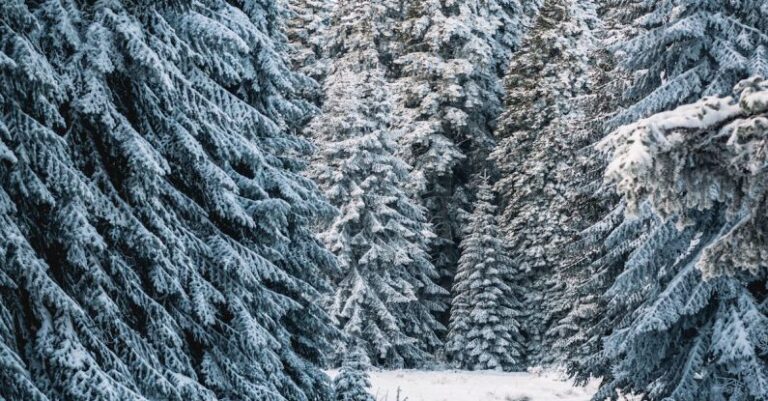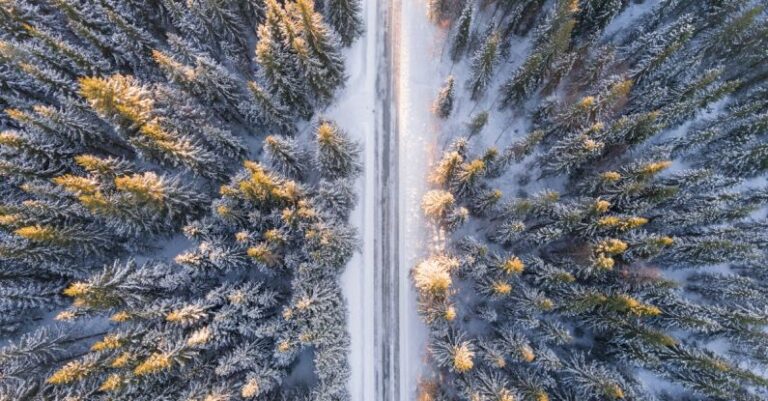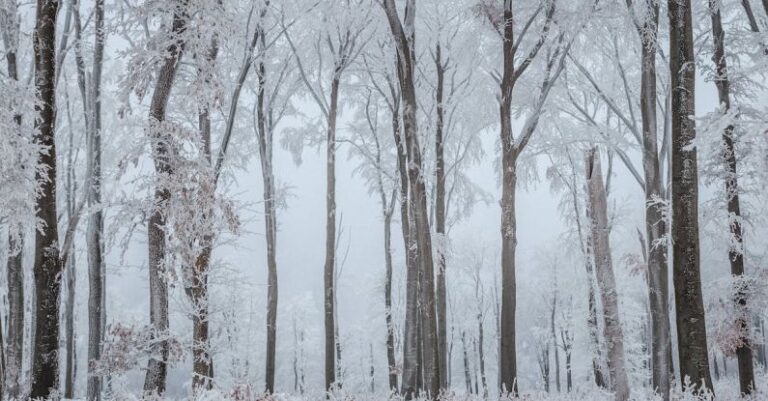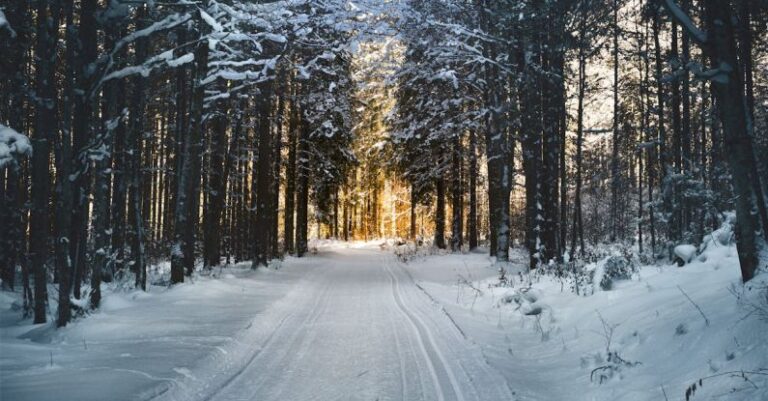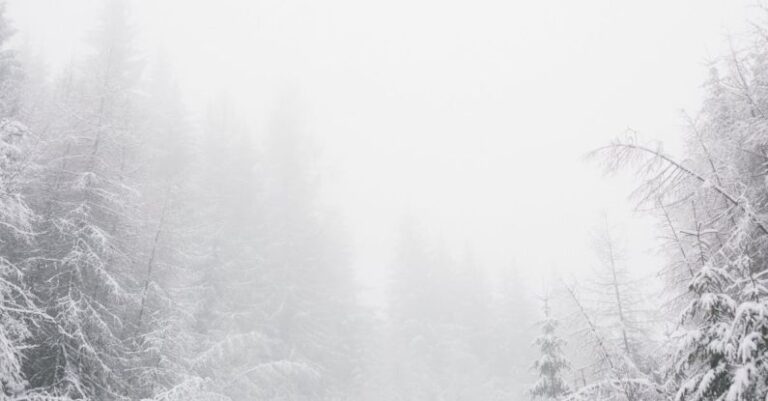
Snowshoeing is a fantastic way to explore the winter wonderland and immerse yourself in the beauty of snowy landscapes. Planning a snowshoeing trip requires careful consideration and preparation to ensure a safe and enjoyable adventure. From choosing the right location to packing essential gear, here are some tips on how to plan a successful snowshoeing trip.
Selecting the Perfect Destination
The first step in planning a snowshoeing trip is choosing the perfect destination. Consider the level of difficulty you are comfortable with and the type of scenery you want to explore. Whether you prefer gentle trails through serene forests or challenging routes with stunning mountain views, there are plenty of options to cater to your preferences. Research different snowshoeing locations and select one that aligns with your skill level and interests.
Checking Weather and Trail Conditions
Before embarking on your snowshoeing adventure, it is crucial to check the weather forecast and trail conditions. Snow and weather conditions can vary significantly from one day to the next, so make sure to stay informed to avoid any unexpected challenges. Look for recent trail reports and updates from local authorities or park services to ensure that the trails are safe and accessible. Be prepared for changing weather conditions by dressing appropriately and packing extra layers.
Essential Gear and Clothing
When planning a snowshoeing trip, it is essential to pack the right gear and clothing to stay comfortable and safe in the snow-covered terrain. Invest in a good pair of snowshoes that are suitable for the type of terrain you will be exploring. Additionally, bring trekking poles for added stability and traction on slippery surfaces. Dress in layers to regulate your body temperature and stay dry, including moisture-wicking base layers, insulating mid-layers, and a waterproof outer shell. Don’t forget to wear warm socks, gloves, a hat, and insulated boots to protect yourself from the cold.
Safety Precautions and Emergency Preparedness
Safety should always be a top priority when planning a snowshoeing trip. Before heading out, inform someone of your itinerary and expected return time. Carry a map, compass, or GPS device to navigate the trails and avoid getting lost. Pack a first aid kit, emergency supplies, and extra food and water in case of unexpected delays. Be aware of potential hazards such as avalanches, snow drifts, and changing weather conditions, and know how to respond in case of an emergency. Consider taking a basic wilderness first aid course to enhance your skills and confidence in the backcountry.
Environmental Considerations and Leave No Trace Principles
When snowshoeing in pristine winter landscapes, it is essential to minimize your impact on the environment and wildlife. Follow Leave No Trace principles by staying on designated trails, avoiding trampling vegetation, and packing out all trash and waste. Be mindful of wildlife habitats and avoid disturbing animals during your snowshoeing excursion. Respect nature and leave the landscape as you found it for future generations to enjoy.
Conclusion: Embracing Winter Adventures
In conclusion, planning a snowshoeing trip requires careful consideration and preparation to ensure a safe and enjoyable experience. By selecting the right destination, checking weather and trail conditions, packing essential gear, and following safety precautions, you can embark on a memorable winter adventure. Embrace the beauty of snowy landscapes, immerse yourself in nature, and enjoy the tranquility of snowshoeing in the great outdoors. Stay prepared, stay safe, and make the most of your snowshoeing journey.
